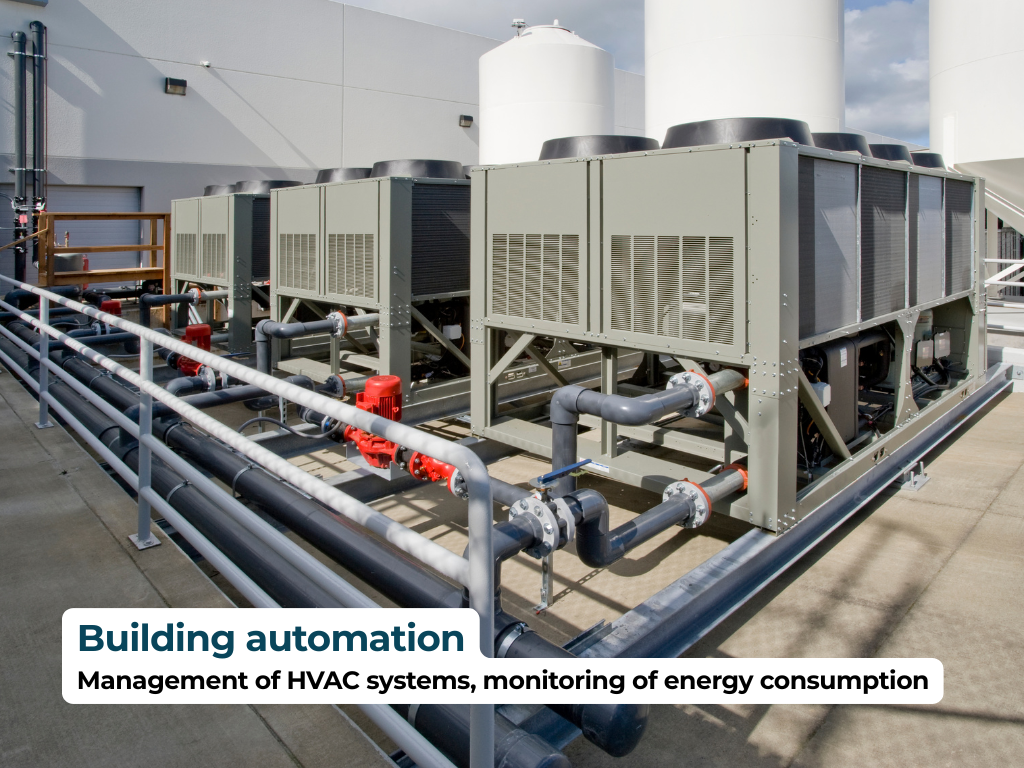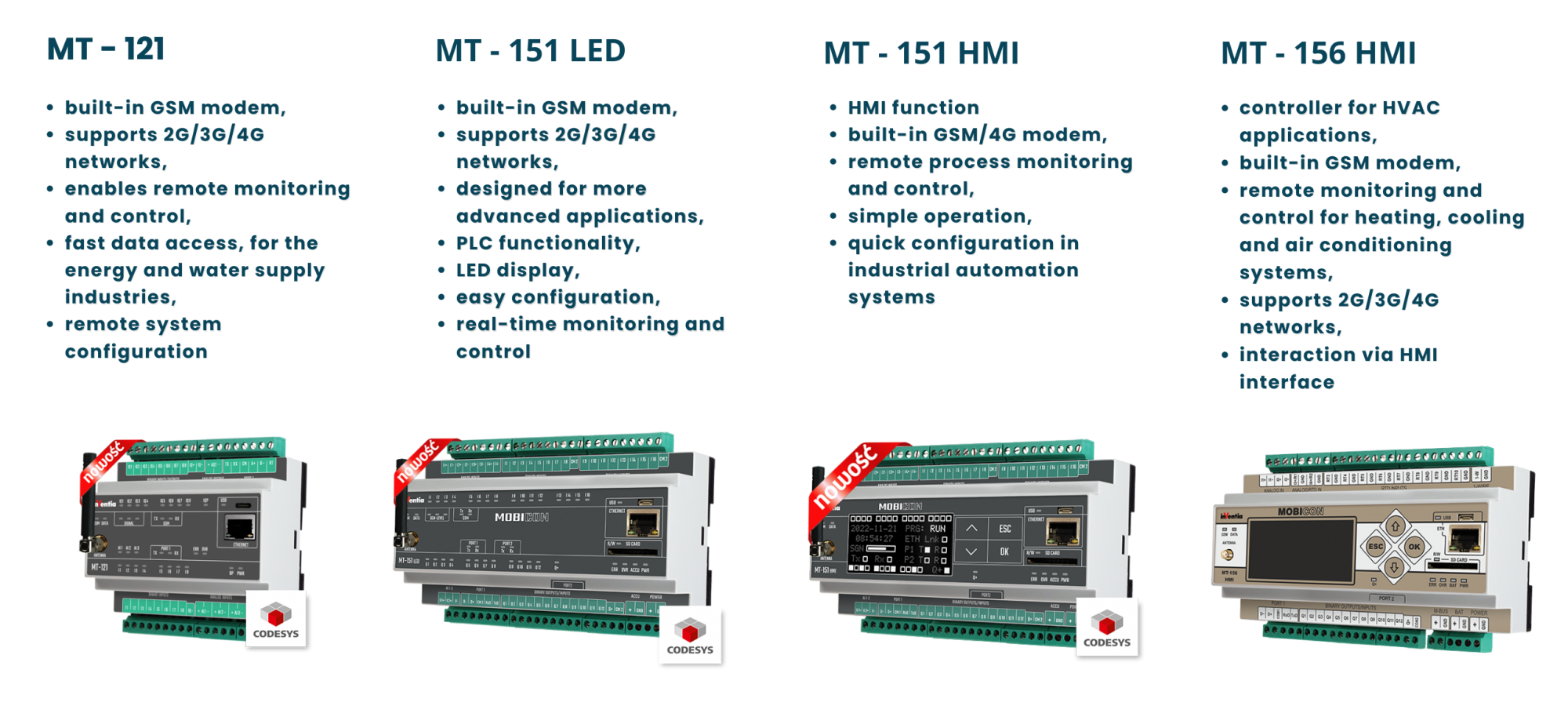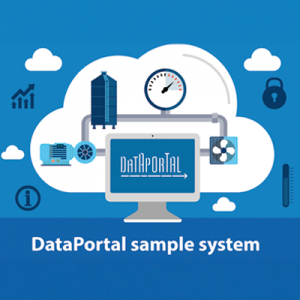.
PLC controllers with GSM modem - an integrated solution for automation and remote monitoring
2in1 devices such as a PLC and GSM modem in one module are becoming increasingly popular in many fields, from automation to critical infrastructure control and monitoring, because of the numerous benefits they offer. By integrating these two functions, you will not only gain financial savings, but also greater convenience and system efficiency.
Why choose a PLC with an integrated GSM modem?
Economy and simplicity
One of the main advantages of a device that integrates a PLC (Programmable Logic Controller) with a GSM modem, is that it dramatically simplifies the infrastructure. Instead of having to install, connect and manage two separate devices separately, you get one that performs both functions. You don’t have to worry about additional cables, ports, configuration or compatibility issues. You save time and energy when installing and maintaining the system – everything becomes simpler, more convenient and more transparent.
Lower automation system costs, thanks to the PLC combined with GSM
By choosing a single unit, you save money in real terms – not only on the purchase of the equipment, but also on its maintenance. You don’t have to invest in two separate components or worry about how they connect or work together. You only manage one device, which means lower service costs, fewer potential failures and often better warranty terms and upgrades from the manufacturer. Over time, you will notice how much this decision makes a difference to your budget and efficiency.
Compact PLC with GSM – saving space in the control cabinet
You no longer need to reserve additional space in the control cabinet or on the machine structure. By integrating two functions in a single unit, you save valuable space – which is particularly important in compact installations. One component means fewer installation complications, better ergonomics and easier arrangement of other system components.
How an integrated PLC increases the reliability of automation systems
The fewer connections – the lower the risk of faults. A 2-in-1 device means less wear and tear on the cables, fewer points of signal interruption, interference or short circuits can occur. This directly translates into a more overall system. You no longer need to use additional cables or adapters – everything works smoothly and stably because it has been designed as a whole.
Manage automation and communication in a single environment - the benefits of a GSM 2-in-1 PLC
You manage the entire system in one place. Configuration, programming, monitoring – you do everything in one development environment. You don’t have to jump between different applications or interfaces. This makes day-to-day operation easier, reduces the time it takes to implement changes and minimises the risk of errors. Updates are simpler too – a single click is all it takes to get the whole system running on the latest software.
See in which sectors 2in1 devices are used most frequently
PLCs with built-in GSM modems are widely used in many sectors:




Solutions that work - applications with an integrated modem
In the context of PLC and GSM integration, it is worth highlighting modern telemetry controllers such as the MT-121, MT-151 LED, MT-151 HMI or MT-156 HMI. These devices offer extensive possibilities for remote monitoring and control, integrating PLC functionality with GSM communication.

Use of integrated modules in practice:
Wastewater flow monitoring
A project was carried out together with BMSONIC from Warsaw to measure wastewater flow in ten measurement chambers using HydroVision flow meters. MT-151 modules communicate with the flow meter transducers using the ModBus RTU protocol, sending data to the SCADA system. The system’s power supply was implemented using solar energy, ensuring the energy independence of the installation.
Hydrophore sets
In the Wielka Wieś municipality near Kraków, MT-151 modules supervise the operation of hydrophore sets, cooperating with ABB inverters. The system makes it possible to manage operating modes (night and day) and ensures pressure stabilisation at the output of the set. Communication between the units takes place using the ModBus RTU protocol, which allows integration with a SCADA system.
Industrial hall heating systems
MT-1xx modules have been used to remotely monitor industrial hall heating processes. The system analyses gas consumption detects temperature drops caused, for example, by open doors, and monitors water and electricity consumption, transmitting the data to the visualisation system.
Water treatment stations
In water treatment stations such as those in the municipality of Śmigiel, MT-151 modules work in conjunction with ABB inverters to control pump operation and ensure pressure stabilisation in the water supply network. In addition, the system allows remote pressure control of the regulator output, optimising energy consumption and increasing the reliability of the water supply.
Sewage pumping and compressor stations
MT-151 modules are used to control the operation of pumps, fans and dewatering pumps in sewage pumping stations and compressor stations. Thanks to the increased number of inputs and outputs and the possibility of connecting temperature transmitters, it is possible to precisely maintain the preset operating parameters of the equipment. In the event of a failure, the system automatically switches to emergency mode, ensuring continuity of operation.
Remote flow meter monitoring
In cooperation with ABB, the MT-101(predecessor of the MT-151 modules) modules are used to monitor flow meters installed on sewers connecting different municipalities. Data from the flow meters is sent to a central database, allowing both parties to access up-to-date information and facilitating billing.
Control in water supply measuring chambers
The MT-151 HMI modules are used to control dampers in the measurement chambers of water supply networks. By integrating with flow meters and pressure transducers, the system automatically adjusts the opening angle of the dampers, maintaining the optimum water flow in the various segments of the network.
Monitoring electrical switchgear temperature
AB-MICRO used MT-151 modules to remotely monitor temperatures in electrical switchgear. The system provides continuous monitoring of the temperature, enabling a rapid response if the permissible values are exceeded and minimising the risk of failure.
SCADA systems for sewage pumping stations
MT-151 LED modules are standard equipment for control cabinets in modern SCADA systems for sewage pumping stations. They enable remote monitoring and diagnostics of pumping station operation, as well as integration with visualisation systems based on the DataPortal visualisation platform.
Read more articles:

Remote monitoring without cables – battery modules are the future of telemetry
Discover the advantages of wireless battery-powered telemetry and learn about inspiring examples of its applications.

DataPortal – How can data visualisation make your work easier?
Discover its practical applications!








